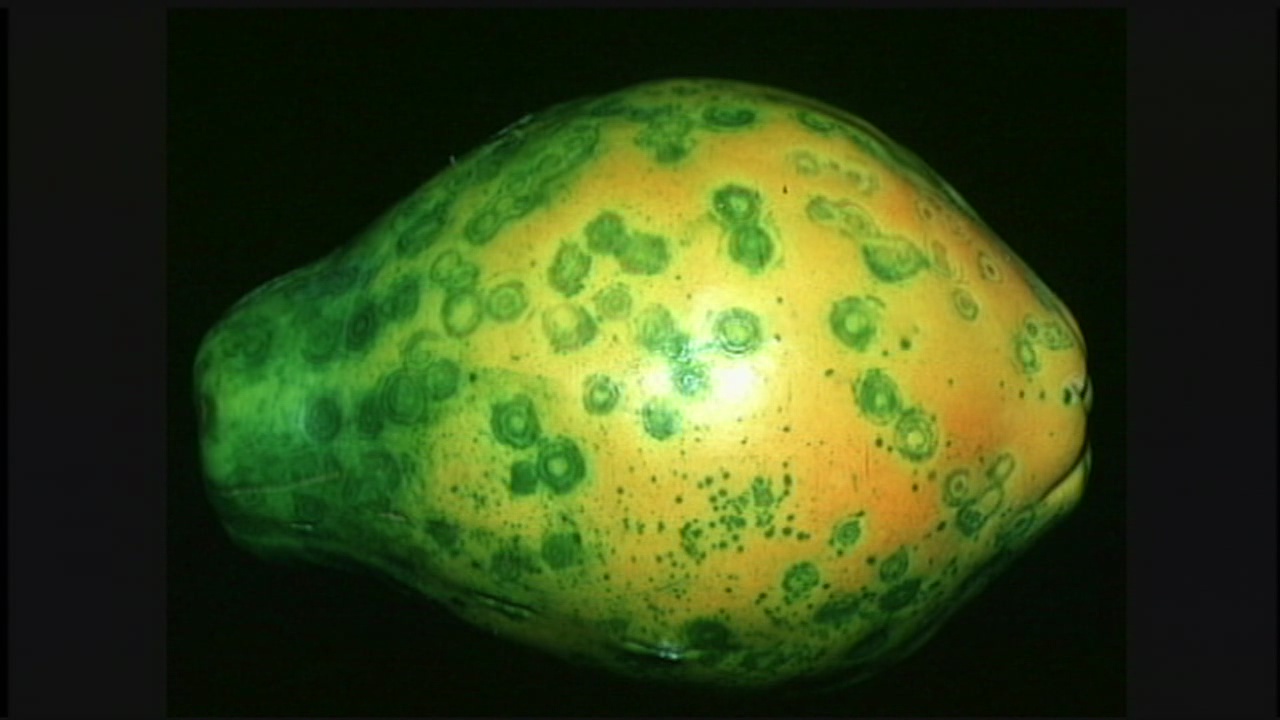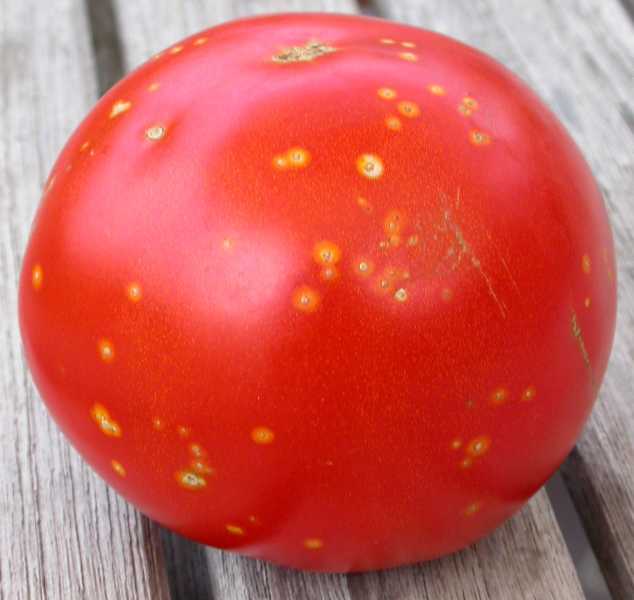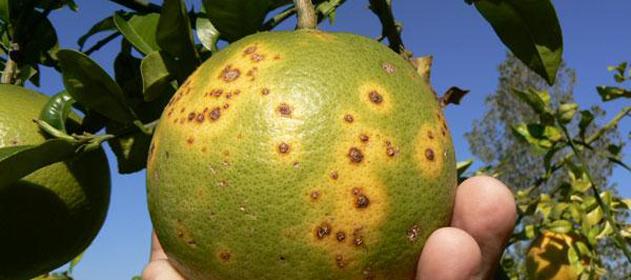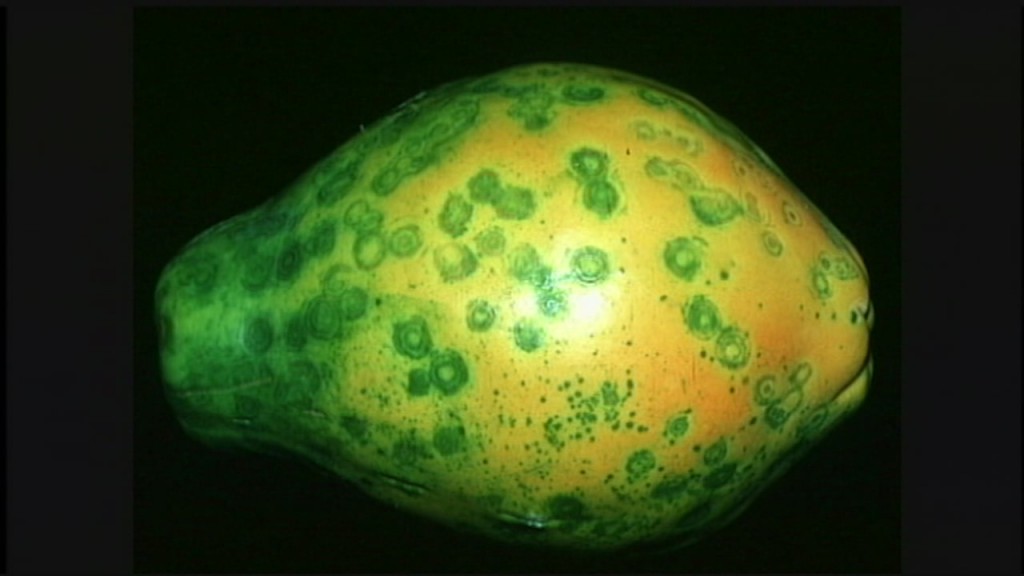December 12, 2014 – I recently came across the Genetic Literacy Project (GLP) while researching the growing disease threat to fruit and vegetables being grown in Florida. The climate of Florida is vastly different from the other large fruit and vegetable growing area in the United States – California. Whereas the latter enjoys a Mediterranean climate, the former is warm and humid. These are ideal conditions for fungi and bacteria which regularly devastate Florida farms. Most vulnerable are tomatoes, oranges, lemons and papaya.
With no ties to the biochemical giants Monsanto, Dow, Dupont, BASF and Bayer, the academics and scientists of the GLP debunk the GMO misinformation found on public media. Correcting the “bad science” takes a lot of people with some pretty awesome credentials. The team at GLP consists of some top names in genetics, epidemiology, molecular biology, botany, biotechnology, agriculture and leading science writers who put their research and writing talents on line to ensure that the hard science of GMO is well understood by the public. They have no axe to grind and no hidden agenda.
GLP looks at the challenge of the next half-century, the need to double food production as world population grows, and as people in the Developing World become more affluent and, therefore, seek the lifestyle and calories that are part of the Developed World’s diet. The regulation of GMO crops is extensive in most countries and companies developing these new crop variants do extensive safety testing despite what consumer critics state. There are currently 144 GMO crops proposed for commercial release with an average cost to develop each representing an investment of $136 million USD. Regulation and approval processes can take years. In fact since 2002, new GMO technology takes almost two years longer to get approval prior to that year. And the approval process and regulation has forced companies and institutions developing GMOs to focus on a much narrower range of crops despite the pressures to increase the amount of food we produce. Governments and regulatory bodies have succumbed to uninformed consumer pressure to the point that approval of GMO crops is almost at a standstill.
Which brings us to the problem faced by Florida oranges, tomatoes and papayas.
Bs2 Tomatoes
Today Florida is the largest producer of tomatoes in the United States. They are available year round and at low cost. But a bacterial disorder is wreaking havoc in Florida tomato fields causing lesions on both the leaves and fruit. Current infection rates stand at 97% of total producing acreage. The current treatment method involves applying antibiotic streptomycin or copper-fungicide mixes. These are only partially effective because the high temperatures and humidity inhibit treatment.
The answer could be a GMO tomato that incorporates a protein found in bell peppers. The two plants are closely related. The gene that encodes the protein is known as Bs2. In field trials it has demonstrated resistance to the infection.
The advantages derived from growing Bs2 tomatoes are:
- no more application of bactericides with potential implications for human ingestion leading to enhanced antibiotic resistance.
- elimination of copper which easily builds to toxic levels in soil leading to long-term contamination (organic farmers use this treatment to combat the bacterial disorder because copper is considered natural).
Citrus Greening Resistance
The Florida citrus industry is currently under siege by citrus greening disease, also known as Huanglongbing. Approximately 80% of all citrus bearing trees are infected. Spread by the citrus psyllid, an insect that harbors a bacterium that invades the trees, it is almost impossible to detect. Infected trees can be symptom free and transmit the disease to neighboring trees. The trees die within a few years. The fruit produced before death is unsaleable and cannot be used for juice production.
Current control is done through spraying pesticides or by beefing up nutritional feeds also using chemicals. The alternative is to replace infected trees. And since citrus trees tend to live about 50 years, this means turnover every 5 to 10 years and with younger trees, smaller yields and a lack of economic sustainability.
A GMO solution has been discovered using a protein derived from spinach that counteracts the symptoms . The protein when introduced into an orange tree’s DNA has created resistance to citrus greening. The transgenic trees have been tested for five years and remain symptom free.
The advantages derived from adoption of this GMO orange tree are:
- reduced use of pesticides with their residual impact on the environment.
- reduced organic waste from the continuous destruction of infected trees.
- more sustainable economics for citrus growers with trees living a full natural life cycle.
RNAi Papaya
Today papaya growing in Florida is extremely limited because of potential infection from papaya ringspot virus. Papaya has traditionally been grown in Hawaii where it is of major commercial benefit to the state. Back in 1992 an outbreak of ringspot virus decimated Hawaii’s production. Researchers at Cornell University and University of Hawaii reversed the DNA of the invading virus using RNA interference (RNAi). By switching on a component within papaya’s DNA that previously was suppressed RNAi acts like a vaccine to inhibit the virus from reproduction. The end result a transgenic papaya that today constitutes almost 80% of the crop grown in Hawaii.
In Florida, the papaya suffering from ringspot virus is a variant on that discovered in Hawaii. A biotech solution using RNAi has been under development at University of Florida since 2003. It is now 2014 and the University is still waiting for regulatory approval.
One would think that what has been accepted by Hawaii since 1997 as a way to combat ringspot virus would be evidence enough for Florida regulators. But apparently it is not.
Even stranger is the mounting resistance in Hawaii to any future GMO crops. An ongoing battle on Maui and Molokai has put a moratorium on any GMO crops and this is spreading to the rest of the island chain. In the public battle there appears to be very little science but lots of fear and doubt. And all this is happening in a state where the efficacy of GMO technology has saved one of its major cash crops, the papaya.
GMO and Its Future
The GLP’s as a non-partisan resource focused on the use of science as well as the abuse of science and statistics, has lots of work to do to overcome public perception and misinformation. In light of the overwhelming need to address world population growth in the 21st century, it may serve to educate all of us about GMO as a means of addressing our growing food production requirements.
Many who read this will not be convinced. The “Monsantos” of the world have, through their patent filing, litigious and bullying of farmers behavior, colored the perception of GMO. But this is a technology that holds significant promise for all humanity in the 21st century, and to not benefit from what we have learned would be a mistake.
















